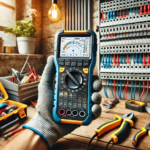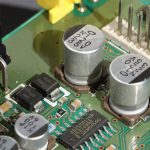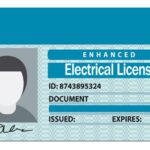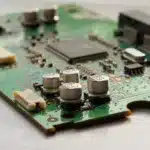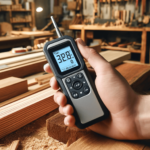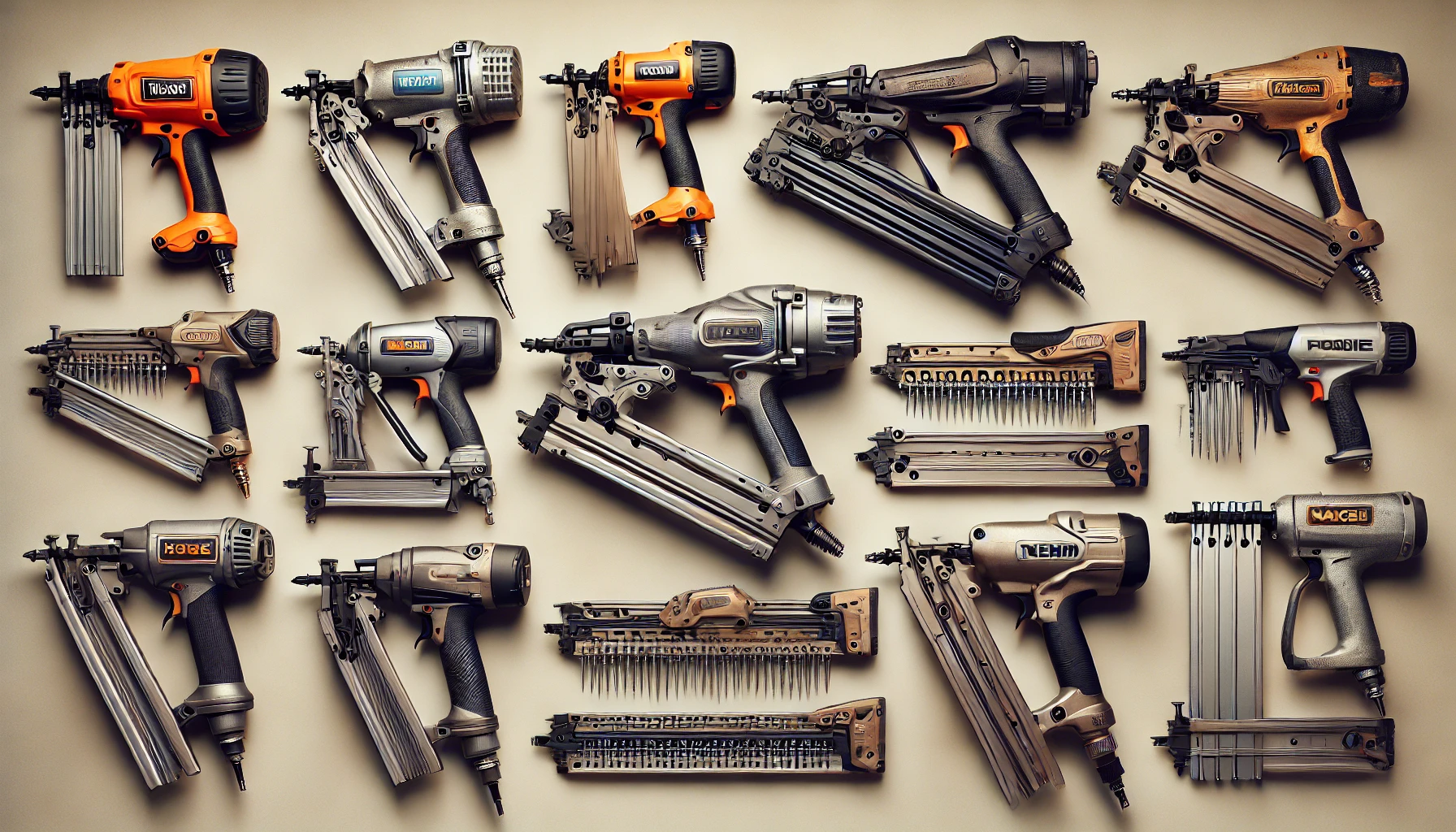
Introduction
Ever dreamed of ditching the hammer and speeding up your next woodworking project? Enter into the world of nail guns – the power tools that drive nails with precision and force, saving you time and effort. Whether you are a beginner, a professional contractor, or a DIY enthusiast, there’s some crucial information to consider. This article will equip you with the knowledge you need to make informed decisions and ensure safe, successful nailing.
Understanding Nail Guns: A Brief Overview
A nail gun, also known as a nailer, is a type of hand tool designed to drive nails into wood or other materials precisely. These power tools are used in construction and woodworking projects to drive nails quickly and efficiently. Powered by compressed air, electricity, or batteries, nail guns offer significant advantages over traditional hammers, including speed, precision, and reduced physical effort. Nail guns are much faster than hammers and are ideal for big projects like building decks or installing floors. They also come in specialised forms, like brad nailers for delicate trim work or framing nailers for heavy-duty jobs.
Know About the Different Types of Nail Guns
Nail guns come in various types and configurations, each suited for specific applications. The most popular types of nailers include:
- Framing Nailers – Framing nailers are heavy-duty tools designed for large construction projects, such as building houses or decks. They use large nails and are suitable for framing walls, roofing, and other structural work.
- Finish Nailers – Finish nailers are smaller and used for more delicate work like installing trim, moulding, or cabinetry. They use smaller nails, which are less likely to split the wood.
- Brad Nailers – Brad nailers are similar to finish nailers but use even smaller nails, called brads. They are ideal for lightweight wood trim and intricate woodwork where a larger nail might cause damage.
- Roofing Nailers – Roofing nailers are designed specifically for installing shingles. They have a magazine that holds coiled nails, allowing rapid firing and efficient work on large surfaces.
- Flooring Nailers – Flooring nailers specialise in installing hardwood flooring. They drive nails at an angle, ensuring a secure fit without damaging the wood.
- Staple Guns – Staple guns, while not technically nailers, are often used in similar applications. They are ideal for upholstery, insulation, and other tasks where staples are preferred over nails.
Understanding the Gauge and Size of Nails for Nail Guns
The nail gauge refers to the nail’s thickness, with a higher gauge indicating a thinner nail and vice versa. Framing nailers use thicker nails (lower gauge) for maximum holding power, while brad and pin nailers utilise thinner nails (higher gauge) for precise, inconspicuous fastening. Nail size (length) is also a crucial factor. Choose nails long enough to penetrate through the first material and securely grip the second piece you’re attaching.
What Types of Power Sources are Used for Nail Guns?
Nail guns are powered by three primary sources, including:
- Compressed Air (Pneumatic): Pneumatic nail guns are powerful nailers that use air pressure generated by a compressor to drive nails. These nailers offer exceptional driving force and are reliable, making them ideal for heavy-duty, professional tasks.
- Electric: Electric nail guns, also called corded nailers, are convenient and user-friendly options that require a power source for driving nails. These guns offer quieter operations and are simple to maintain, making them ideal for light-duty tasks.
- Battery-Powered: Also called cordless nail guns, these guns use a battery and offer portability and freedom from cords. They are portable and convenient, making them excellent for working in confined spaces or on ladders.
Choosing the Right Nail Gun: Know Critical Selection Parameters Before Buying One
When selecting a nail gun, consider the type of work you plan to do. If you’re working on large-scale construction or remodeling projects, a framing nailer might be necessary. For smaller, detail-oriented projects, a finish or brad nailer is more appropriate. Consider the power source that best suits your needs—pneumatic for consistent power or cordless for portability. Additionally, when looking to purchase one, ascertain the tool’s ease of use, cost, brand, nail size and type, magazine capacity, depth adjustment, the type of material you’re working with, and the thickness of the material you are joining.
Common Nail Gun Problems and Their Solutions
Nail guns can be real-time savers, but like any machine, they can run into problems. Let’s understand some frequent nail gun issues and how to fix them:
- Jamming: Jamming is a common issue with nail guns. To resolve it, disconnect the power source, clear the jammed nail, and inspect the magazine for any obstructions.
- Misfiring: Misfiring can occur if the nails are not loaded correctly or if the trigger mechanism is not working properly. Ensure the nails are loaded properly and inspect the trigger for issues.
- Air Leaks: Air leaks can reduce the performance of pneumatic nailers. Check the hose and connections for leaks and replace any damaged parts.
- Nails Not Fully Driven In: If your nail gun is putting in nails but they’re not going all the way in, there could be insufficient air pressure (for pneumatic guns) or a low battery (for cordless models). You might also check to see if you’re using the right size nail for the job – too large a nail for the material can lead to this problem.
Final Words: Prioritise Safety When Using Nail Guns
By understanding useful information about nail guns, including their different types, functionalities, common issues, and selection parameters, you can leverage these powerful tools to complete your projects efficiently and achieve professional-looking results. Remember, safety is paramount. Always prioritise safe practices and wear the appropriate personal protective equipment (PPE) whenever using a nail gun.






